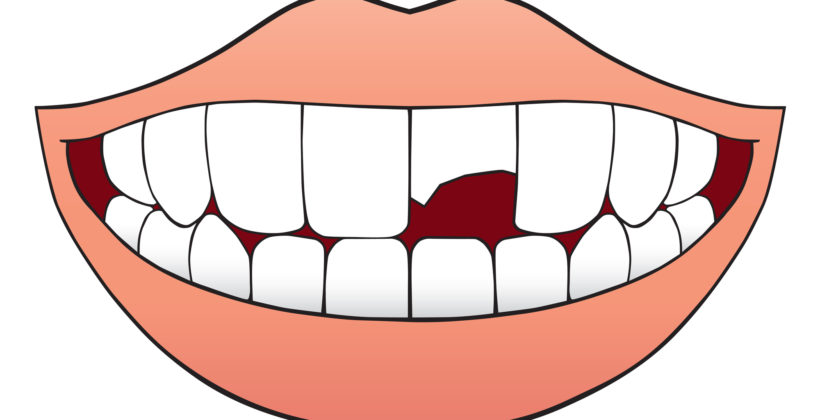Did you know that enamel is the strongest substance in your body? While this is true, it certainly doesn’t mean that your teeth are impervious to damage. Teeth can chip, crack, or fracture due to a variety of reasons, including:
- Sports injuries
- Car crashes
- Hard candy
- Chewing on ice
- Untreated cavities
- Teeth grinding
Regardless of the cause, your dentist can provide effective treatment. You should contact your dentist immediately to schedule an appointment. Although minor damage might not seem like a big deal to you, it may cause serious dental problems if left untreated.
If you don’t have a dentist and live in the Lombard, IL area, Dr. Julie Glud offers exceptional care to patients of all ages. Contact our office today to schedule your appointment.
Here are five treatment options for your broken tooth:
1. Dental bonding
If you have minor dental chips, craze lines, or other tiny fractures in a tooth, dental bonding can cover up these small imperfections to make your tooth look brand new. Before applying the bonding material to your tooth, the material will be altered to match the color of your natural tooth. This natural-looking solution will improve the appearance of your smile and strengthen your natural tooth structure.
This conservative treatment typically doesn’t require anesthesia and takes about thirty minutes to an hour to complete.
2. Porcelain veneers
For moderate damage, a porcelain veneer may be necessary. Made from ceramic, a veneer mimics your natural tooth enamel and is bonded to the front surface of your injured tooth using dental cement. Typically, one veneer is enough to repair your smile, but more veneers may be necessary to create a symmetrical appearance.
3. Dental crown
A dental crown may be the perfect fix for a large chip or crack in your tooth that dental bonding and veneers can’t mend. Dental crowns are similar to veneers with the exception that crowns cover your entire tooth.
A partial crown, also called an onlay, can also be created to fit perfectly into the chip or crack. In some cases, a partial crown may be a more effective solution. Your dentist will discuss your dental crown options with you.
4. Root canal therapy
Major chips, cracks, and fractures can extend to the pulp of your tooth and cause an infection. If left untreated, the disease-causing bacteria can spread to the neighboring teeth and create dental abscesses. A root canal may be necessary to prevent this from happening.
A root canal involves removing the nerves, blood vessels, and connective tissues from inside the infected tooth or teeth. The tooth chamber is then filled with a rubbery dental material called gutta percha. The tooth is then restored with a filling or dental crown.
5. Tooth extraction
In some cases, severely damaged teeth cannot be saved. Removing the tooth from the socket may be the best option for your oral health. This will most likely be your dentist’s last resort, but he or she will thoroughly evaluate your tooth and mouth to decide which treatment is right for you.
If your dentist decides that a tooth extraction is absolutely necessary, there are always options to replace the missing tooth.
Contact Your Dentist Today
If you or a loved one has a broken tooth, don’t leave it untreated. Contact your dentist immediately to learn what your next step should be. You may need to go in for an emergency visit or it may be okay to wait a couple of days. Your dentist will lead you in the right direction.

